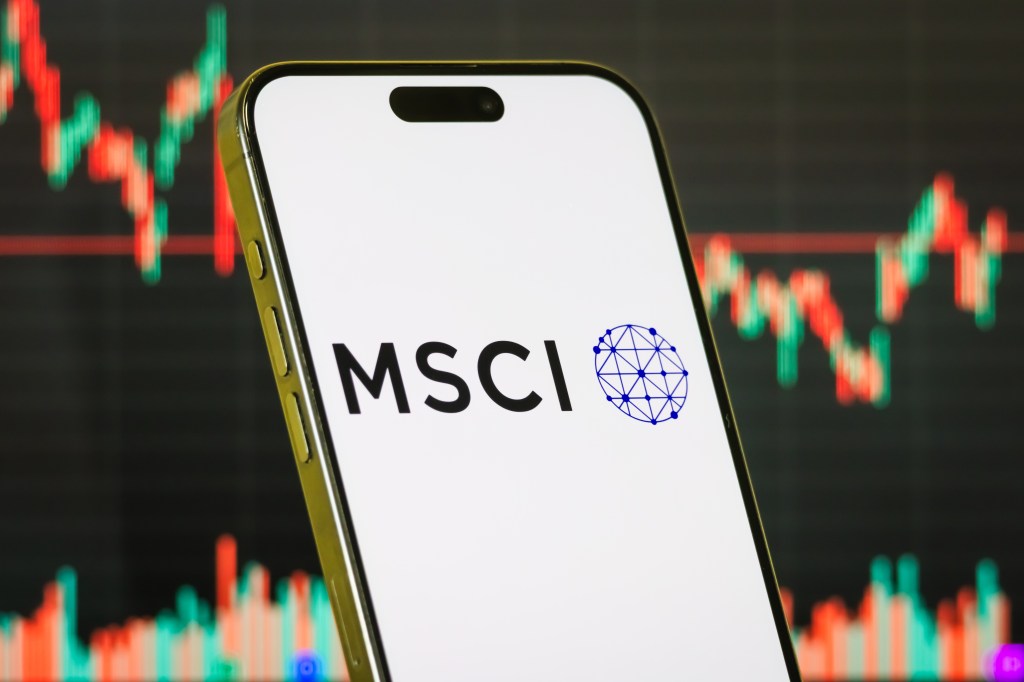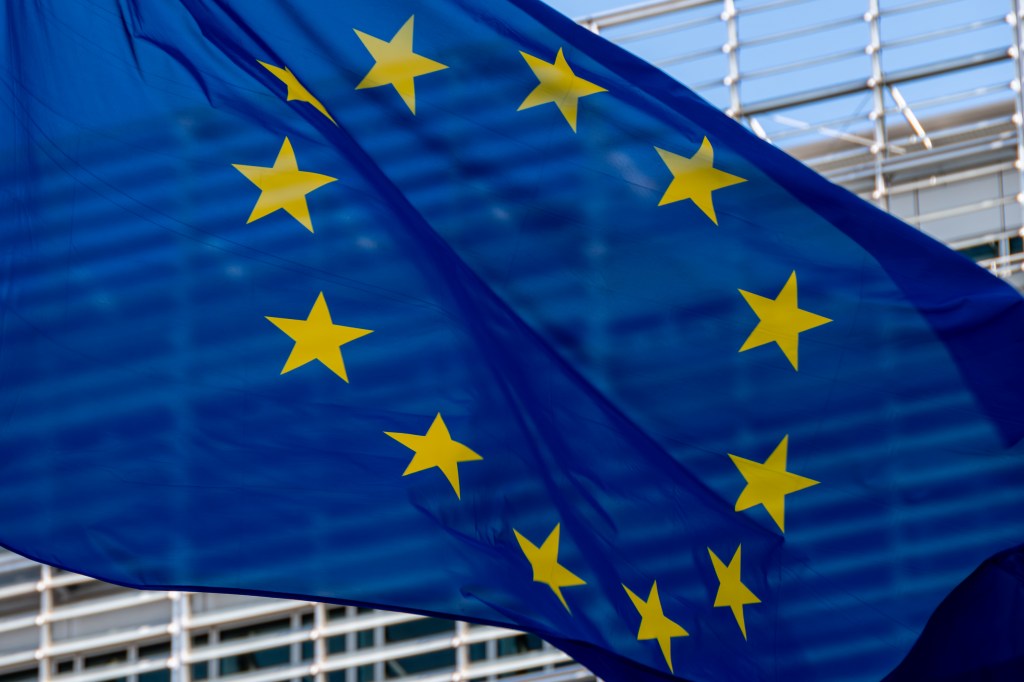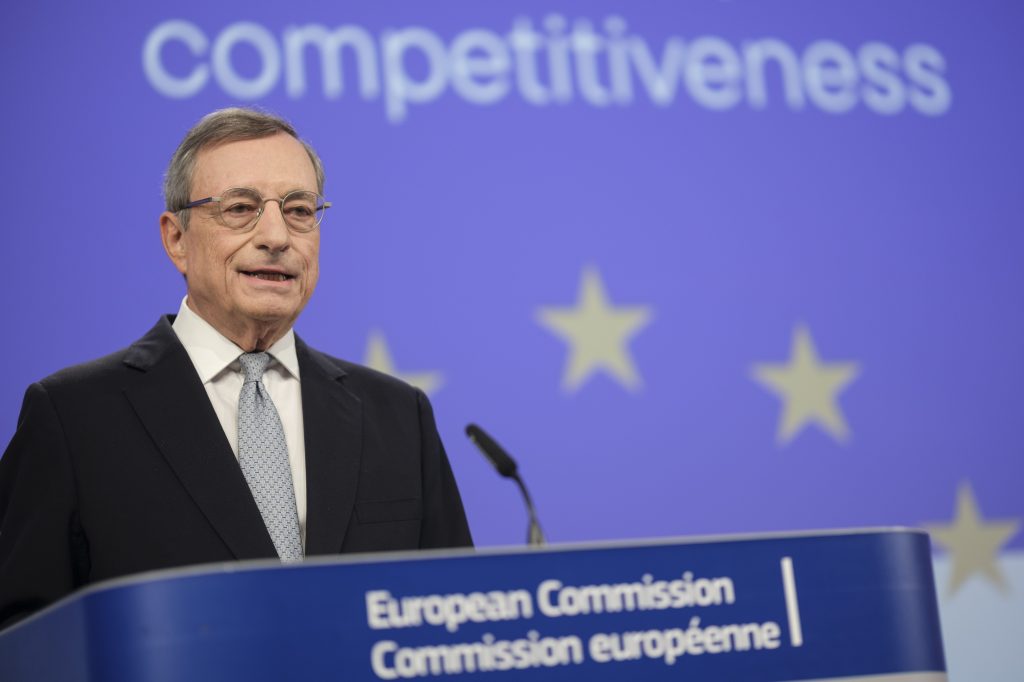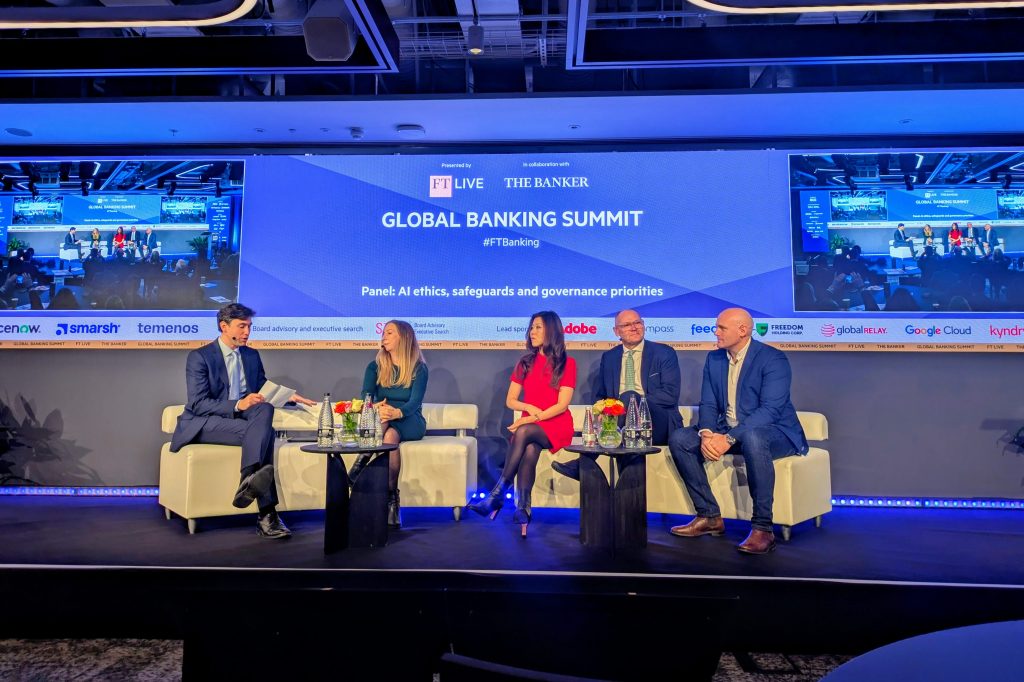As reported previously in a detailed analysis by our contributing authors, Tom Callaby and Liz Jewitt at CMS (which is well worth reading in depth), the FCA published a Policy Statement (PS23/11) in July on the UK regulatory perimeter connected to trading venues.
In short, this
Register for free to keep reading.
To continue reading this article and unlock full access to GRIP, register now. You’ll enjoy free access to all content until our subscription service launches in early 2026.
- Unlimited access to industry insights
- Stay on top of key rules and regulatory changes with our Rules Navigator
- Ad-free experience with no distractions
- Regular podcasts from trusted external experts
- Fresh compliance and regulatory content every day













